How to Choose LED Strip Color Temperature? Understanding the Difference Between 2700K and 3000K
Understanding the 300K Difference Through Home Lighting Atmosphere When you enter a bedroom, the light wraps the entire space like a soft blanket—its warmth subtly whispering “relaxation.”
Step into the kitchen, and the cleaner, brighter light clearly defines the colors of ingredients on the countertop, as if inviting you to start cooking right away.
These two distinct lighting experiences differ by just 300K.
Yes—though the difference between 2700K and 3000K may seem subtle, it can truly define the character of a space.
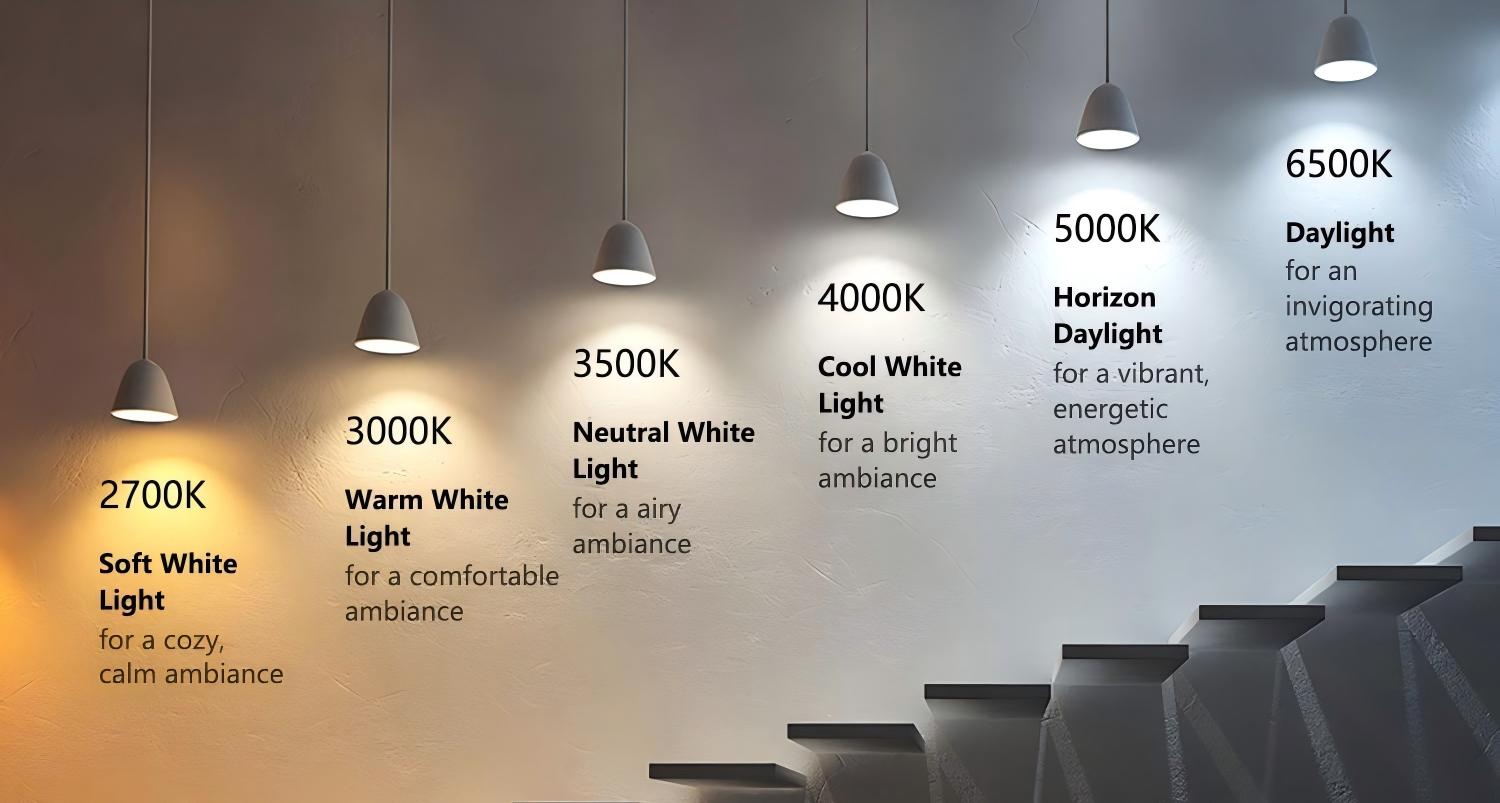
How to Choose According to Space
2700K light carries a soft golden hue, like the glow of a sunset—warm and enveloping.It makes wooden furniture look more natural and gives bedroom walls a cozy, gentle feel.
Some say it’s like “the scent of home,” making you want to leave all your fatigue behind the moment you enter the room.
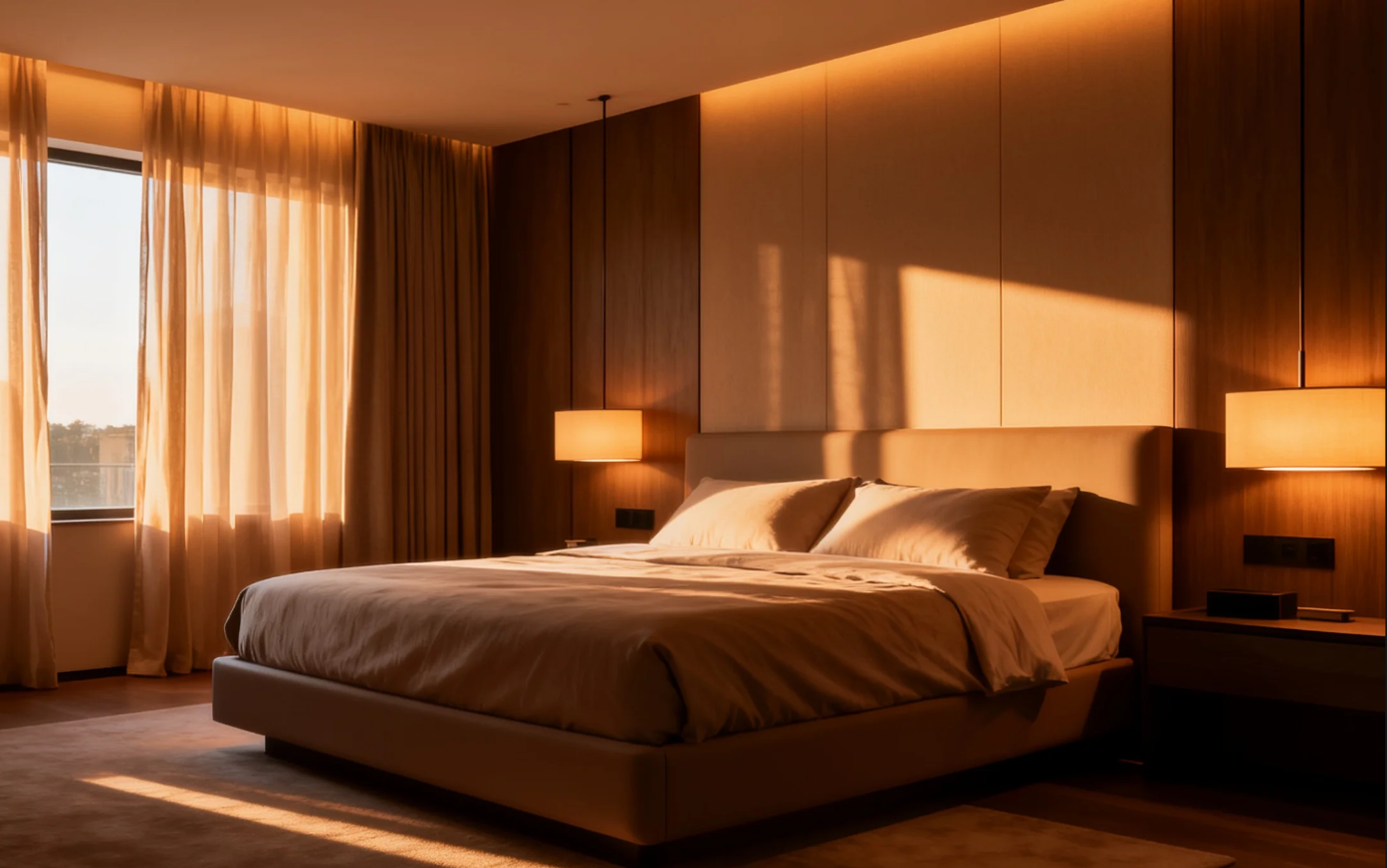
In contrast, 3000K emits a “cleaner” light.
Sitting between warm white and neutral white, it maintains a sense of warmth while offering clarity and brightness. Perfect for kitchens, bathrooms, or staircases, it’s both practical and gives the space a modern, organized look.
This combination gave the entire space both warmth and a refined sense of depth.
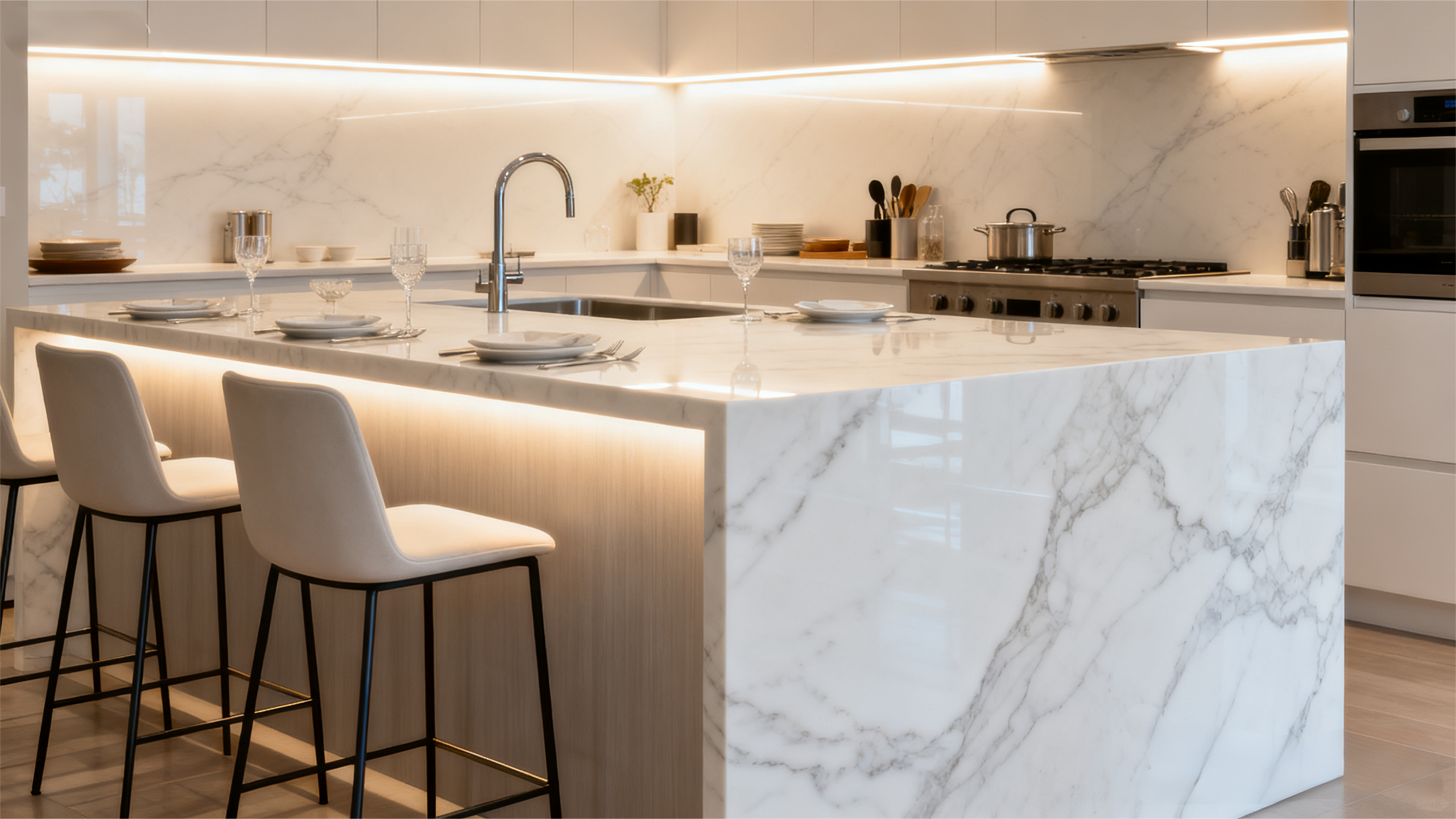
Different Scenes, Different Atmospheres
| Space | Recommended Color Temperature | Experience & Feel |
| Bedroom / Living Room | 2700K | Soft and enveloping, relaxing atmosphere, ideal for resting or conversation |
| Kitchen / Bathroom | 3000K | Bright and clean, enhances visual clarity, convenient for tasks |
| Dining Room / Hotel Room | 2700K or 3000K with dimming | Switch ambiance according to time, balancing warmth and brightness |
Tip:
Use a dimmer or adjustable CCT controller to freely switch between 2700K and 3000K.
Set it to 2700K for dinner, creating a candlelight-like warmth; raise to 3000K in the morning for an energizing, bright start.
Real-World Inspiration
In a residential project for a client in Australia, we chose 2700K LED strips for the wooden dining room feature wall. The warm light enhanced the wood grain and layers, creating an exceptionally soft and cozy atmosphere.

For the same client’s kitchen island, we used 3000K LED strips. The brighter, cleaner light highlighted the purity and texture of the white marble countertop.
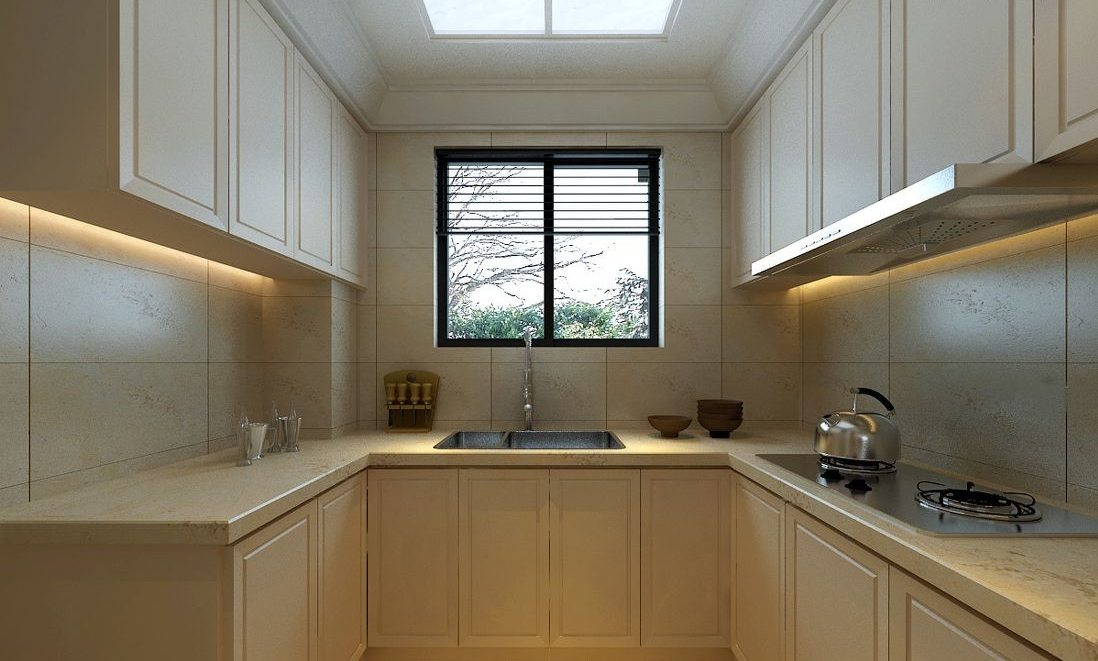
About Blue Light: Don’t Worry — Home Lighting Isn’t That “Blue”
We often hear that “blue light affects sleep.”Indeed, blue light can keep the brain alert and suppress melatonin production.But did you know?
The blue light content of 3000K home LED strips is only about one-third of that emitted by a smartphone screen.For 2700K, it’s even lower — comparable to a “night mode” brightness.
In other words, scrolling on your phone at night is more likely to affect your sleep than turning on your LED lights.
As long as you avoid staring directly at strong light for extended periods, 2700K and 3000K LED strips pose no harm to your eyes.
Conclusion: Light Is More Than Brightness — It Shapes Mood
Want a room that feels more relaxed and cozy? → Choose 2700K
Want a space that feels clean and crisp? → Choose 3000K
Want to switch ambiance throughout the day? → Try a dimming/CCT control system
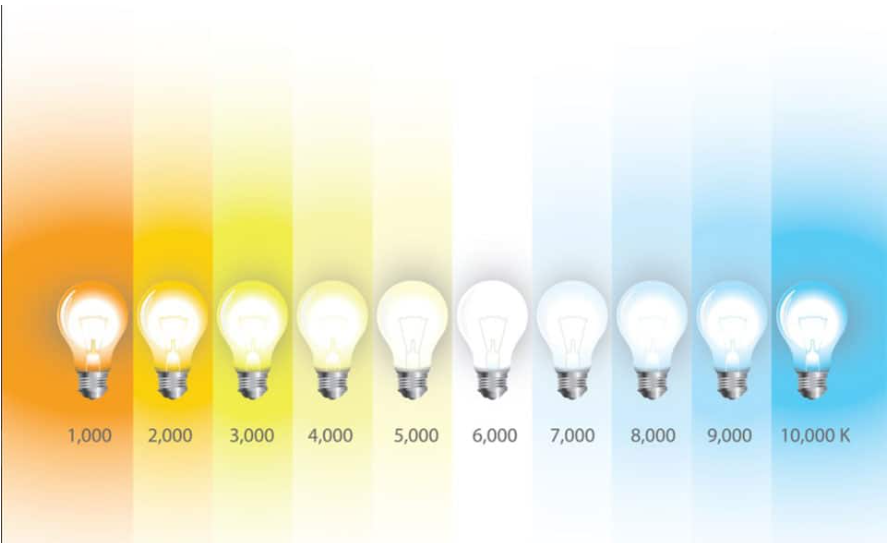
At LW Lighting, we provide customized LED strip solutions for different design styles.
From vanity lights to stairway motion-sensing strips, from music-synced lighting to high CRI 95+ series,
we make light not only illuminate spaces but also express the rhythm and texture of life. Contact us today!